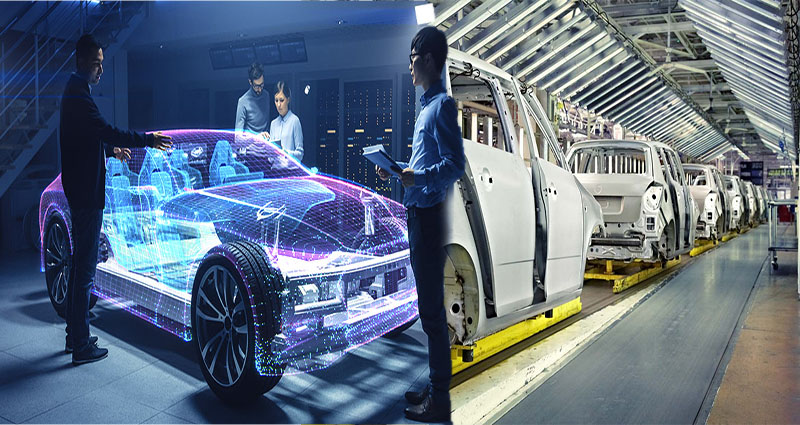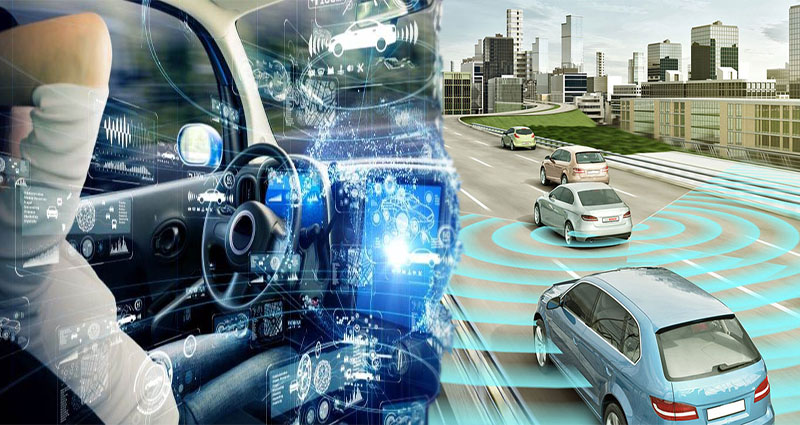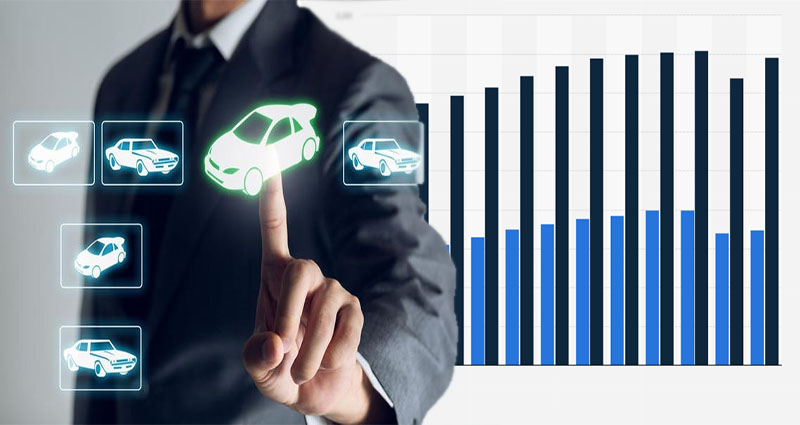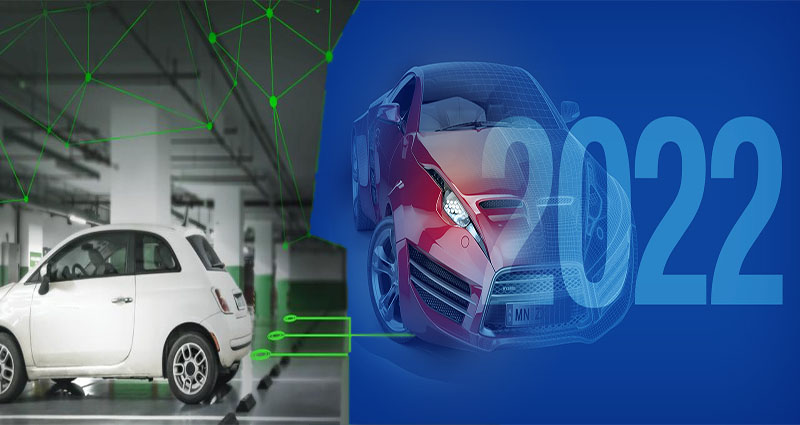Government Incentives and Regulations Driving Electric Vehicle Growth
As the world strives to reduce greenhouse gas emissions and combat climate change, governments around the globe are implementing various incentives and regulations to encourage the adoption of electric vehicles (EVs). These measures aim to accelerate the transition from traditional gasoline-powered vehicles to cleaner and more sustainable transportation options. In this article, we will explore the role of government incentives and regulations in driving the growth of electric vehicles.
Financial Incentives
Governments are offering a range of financial incentives to promote the purchase and use of electric vehicles. These incentives typically come in the form of tax credits, rebates, and grants that help offset the higher upfront costs of EVs. By reducing the financial barrier, governments are making electric vehicles more affordable and appealing to a wider audience.
Some incentives also target the installation of home charging stations, further encouraging EV ownership and convenient charging options. Additionally, governments may provide … READ MORE ...








